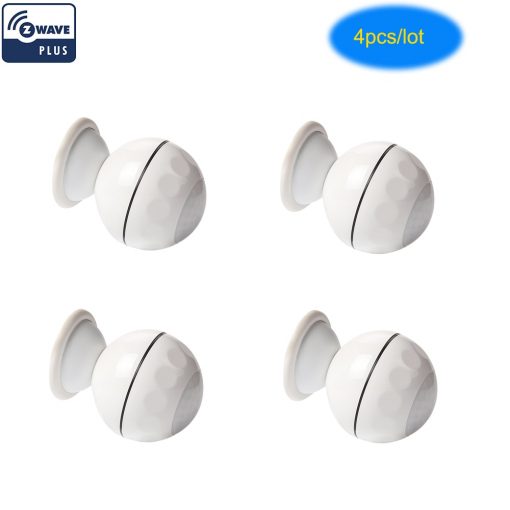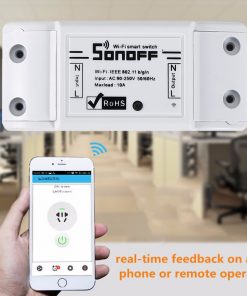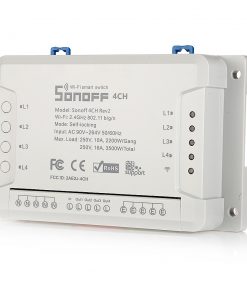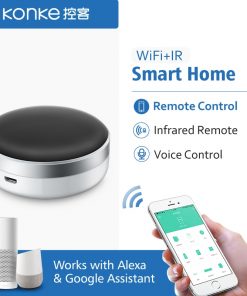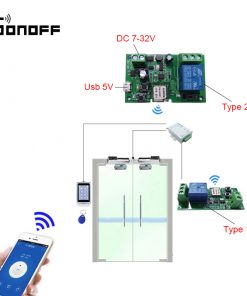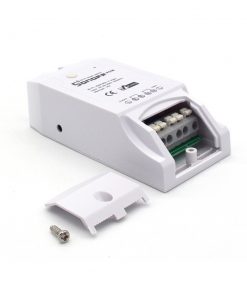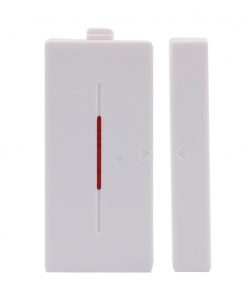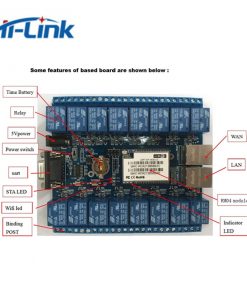NEO COOLCAM 4pc/lot Z-wave Plus PIR Motion Sensor Detector Home Automation Power Operated Z wave Alarm System Motion Sensor
$ 716 $ 429
1995 in stock
Z-Wave: What it is and What It Means for Your Smart Home
If you’re not a total techie, the world of smart home technology can sometimes be a little intimidating to navigate. We’re here to break it down for you:
What is Z-Wave?
Z-Wave is a wireless protocol that focuses on connectivity within the smart home. It uses low-energy radio waves to let smart devices communicate with one another. (For a comparison, think that the Z-Wave connectivity range is bigger than that of Bluetooth, but smaller than that of Wi-Fi.)
How is Z-Wave connectivity different than Wi-Fi?
With Wi-Fi, everything has to be connected to a central hub—like a router. Z-Wave connectivity, on the other hand, forms a mesh network. This means that all the Z-Wave devices link up together.
Usually, there will be one central hub that connects to the internet, but all the devices themselves don’t have Wi-Fi capabilities; instead, they use Z-Wave connectivity to talk to each other and to the central hub.
This source-routed mesh network topology has 232 nodes, which means that you can connect 232 smart devices to the network.
How is Z-Wave different than Zigbee?
Basically, Z-Wave was designed to be simpler to use and less expensive than Zigbee.
Plus, while both Z-Wave and Zigbee form mesh networks, Z-Wave operates on a 800-900 MHz frequency range, instead of Zigbee’s 2.4GHz frequency range. This means that Z-Wave gets much less interference than Zigbee.
What does Z-Wave mean for your smart home?
Z-Wave connectivity means that you can easily build a smart home that is customized specifically for your needs.
All Z-wave devices (of which there are over 24,000) are completely interoperable with one another—no exceptions. This means you have the flexibility to create a smart home network unique for your lifestyle.
Plus, Z-Wave’s new 700 series (announced at CES 2018) has a range of 100 meters for point-to-point contact, so you can outfit your home with smart devices, both inside and out. And, because this new platform operates on such low power, some sensors will be able to run for 10 years on a single battery.
Build your own Z-Wave smart home network. Start with a smart hub, and then add smart lighting, smart locks, smart sensors, and more to make your home a Z-Wave home.
NEO COOLCAM NAS-PD02Z New Z-wave PIR Motion Sensor Detector Home Automation Alarm System Motion Alarm
This is the Z-wave Wifi PIR Motion detection,Compatible with z-wave 300 series and 500 series.
PIR is a passive infrared detector or physical sensor.the sensor doesn't emit any energy but only passively receive and detect infrared radiation from outside.under room temperatur.all items have radiation.Human beings are warm-blooded animal with stable infrared radiation.are most easily to be detected.That's why we also call it body snsor.PIR send messages via Z-wave network to the Z-wave mail controller.In the Z-Wave network communications.PIR can be connected to any Z-wave main controller.different countries or areas.the radio frequency is different of the Z-wave main controller.different countries or areas.the radio frequency is different of the Z-wave network.In the communication between the PIR and Z-wave main controller.PIR can only send messages,not be able to receive messages.When the PIR is triggered.PIR will send messages to the Z wave main controller.and associate devices to work through the z wave main controller.The PIR is battery powered,is small and con be installed easily
Features:
Motion detection
Measure the light sensitivity
Compatible with 300 series and 500 series
Range: up to 70m outdoor up to 50m indoor
Power supply: CR123A x 1
Standby current: 15uA
Battery life: 1.2 years
Detection range: 7 meters
Viewing angle: 90 degree
Operation temper: 0-40°
Storage temperature: -20-60°
Product size(D*W*H): 45x 45 x 48mm
Radio Frequency:
EU version:868.4MHz
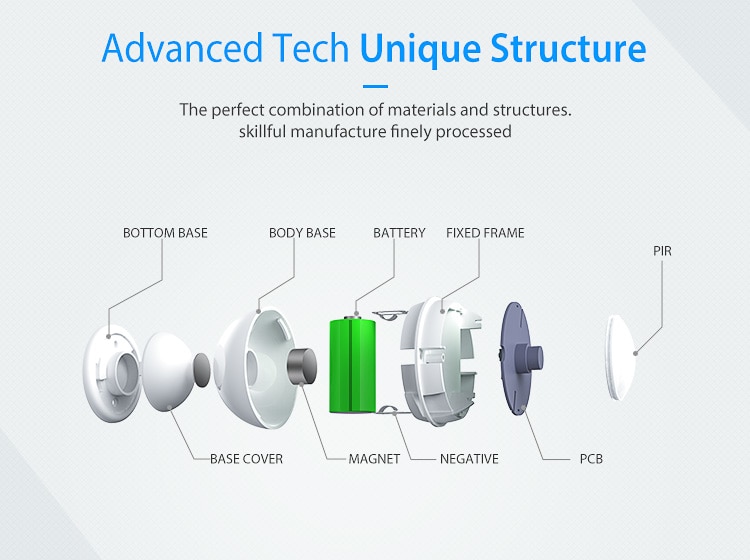
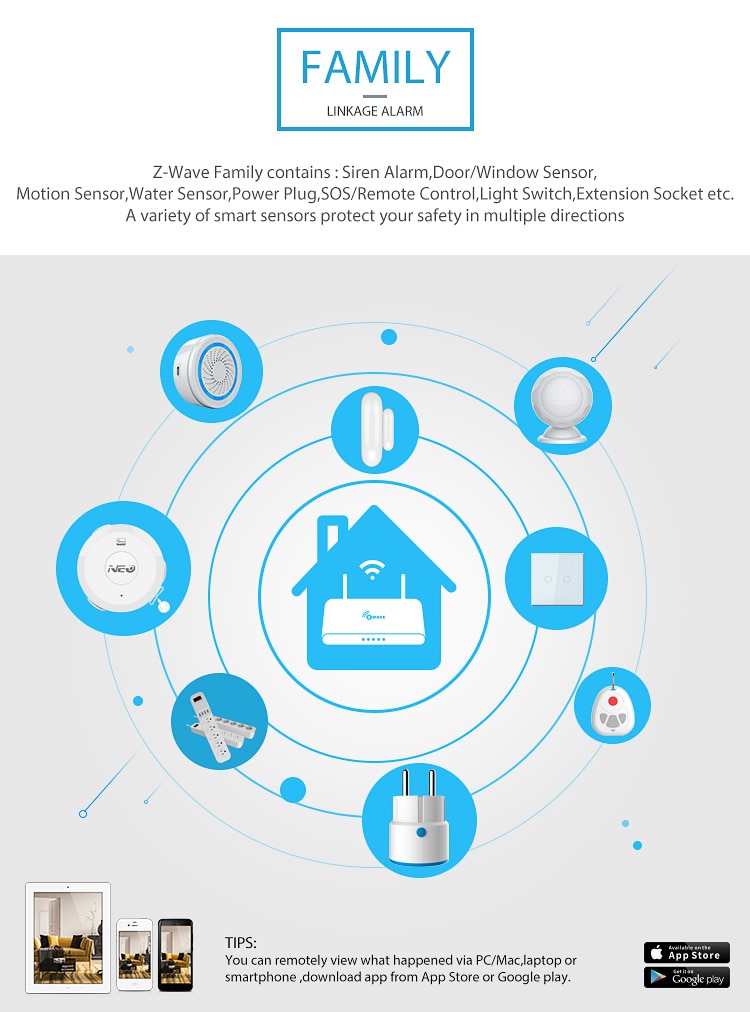
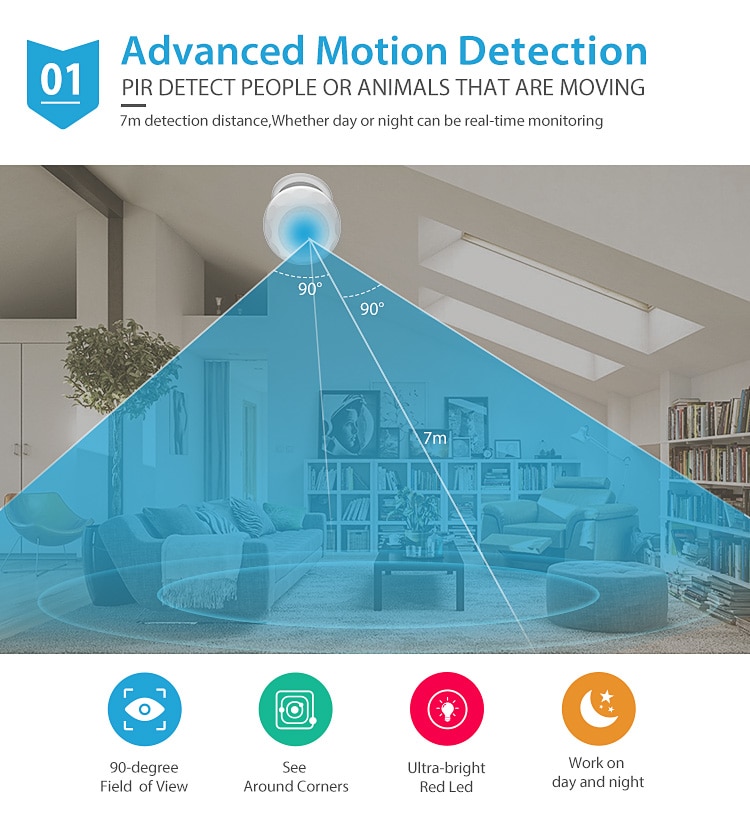
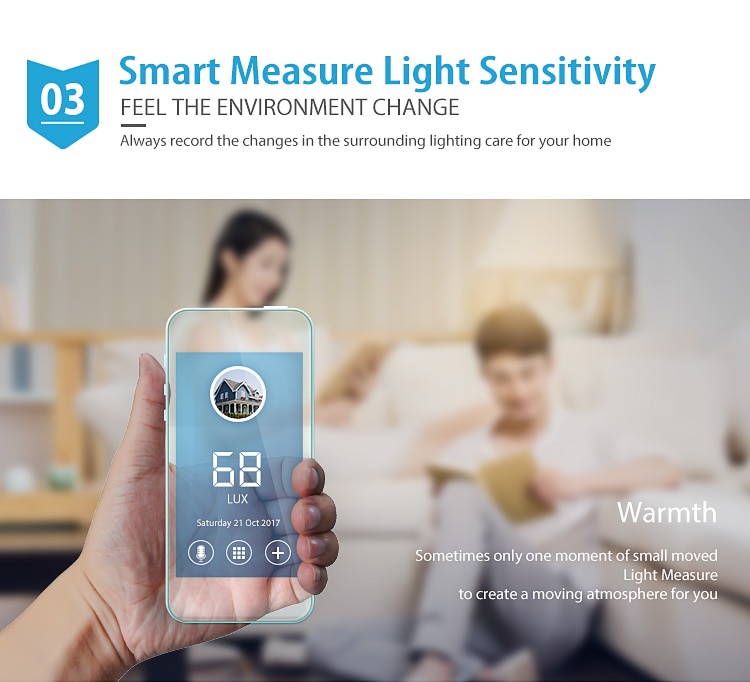
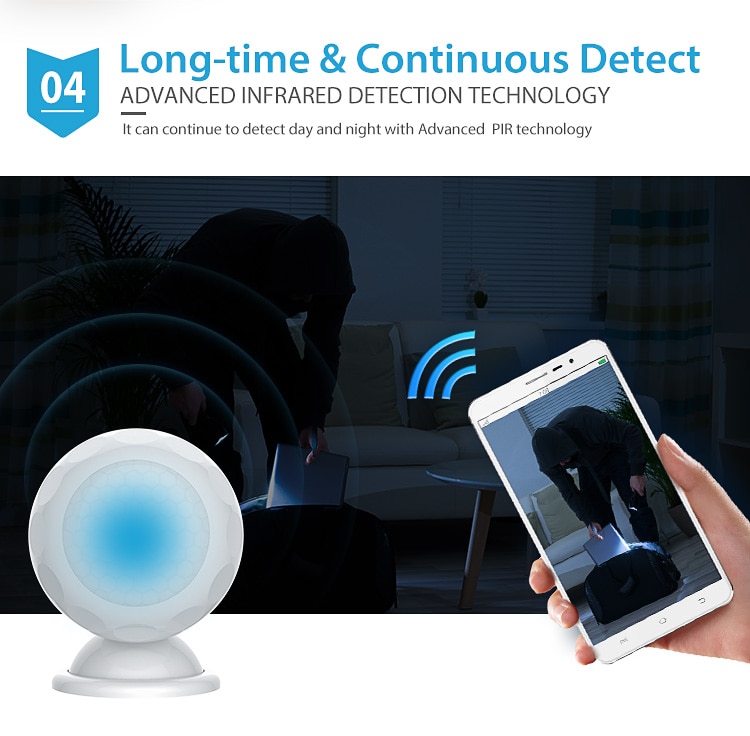
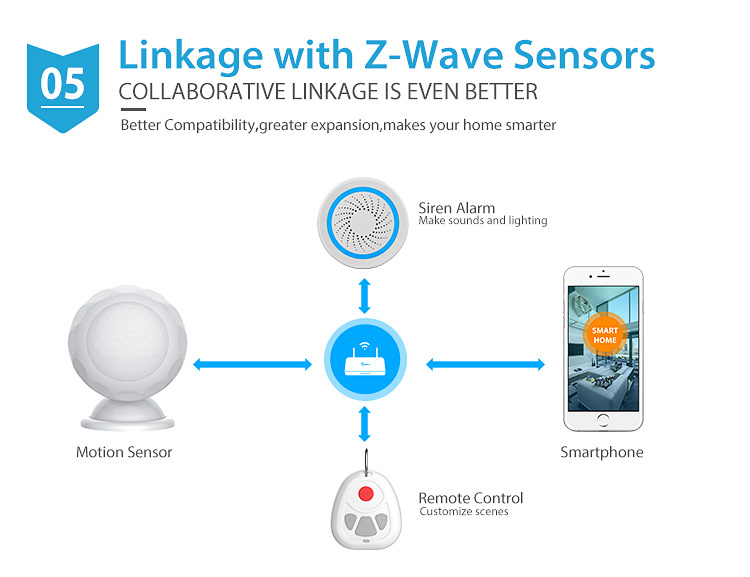

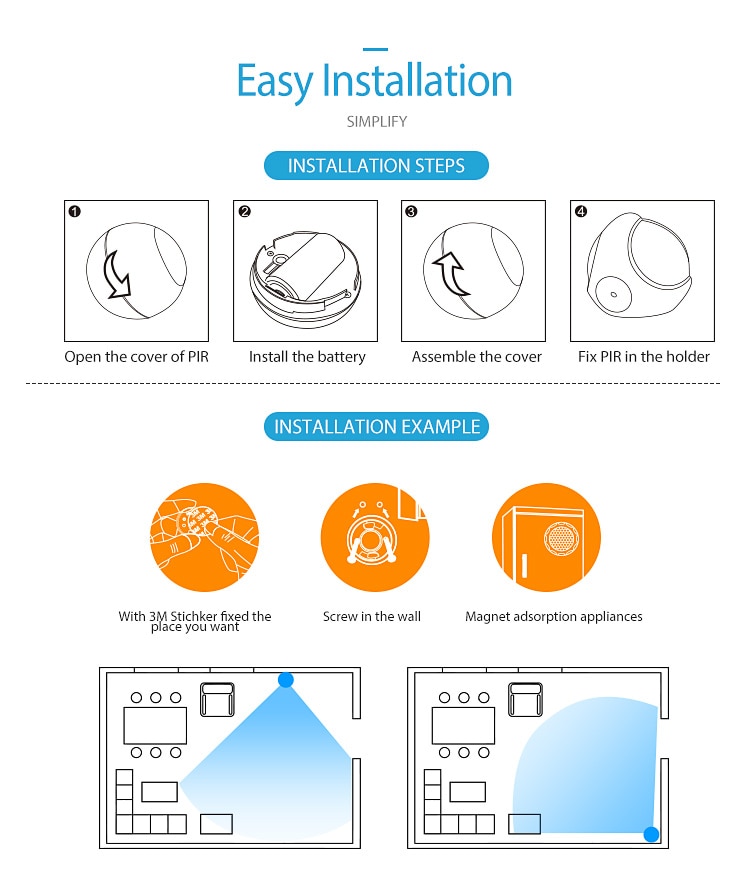

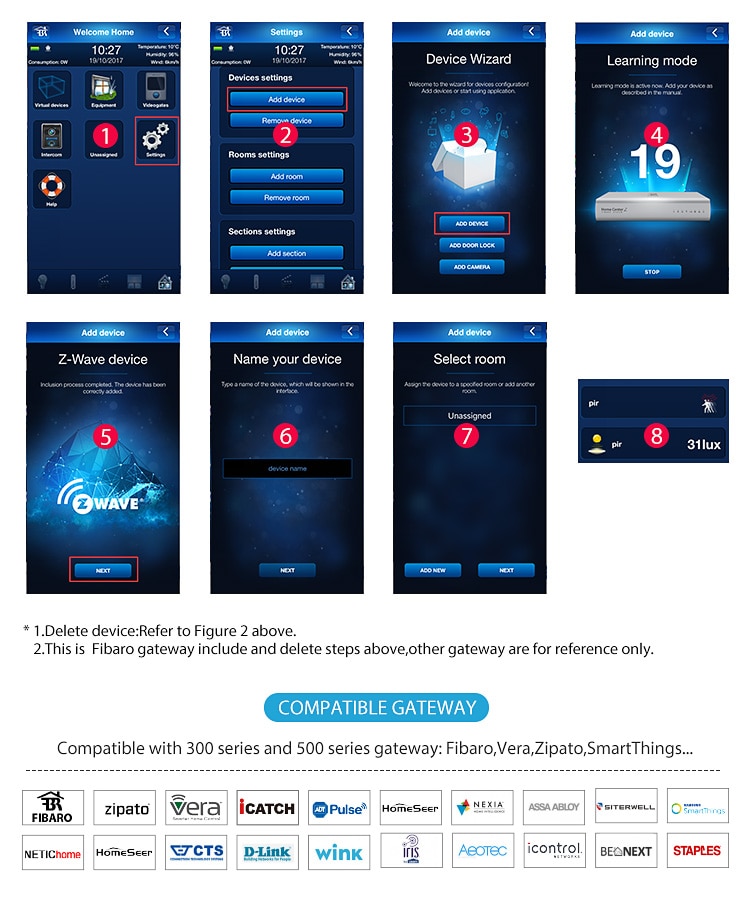
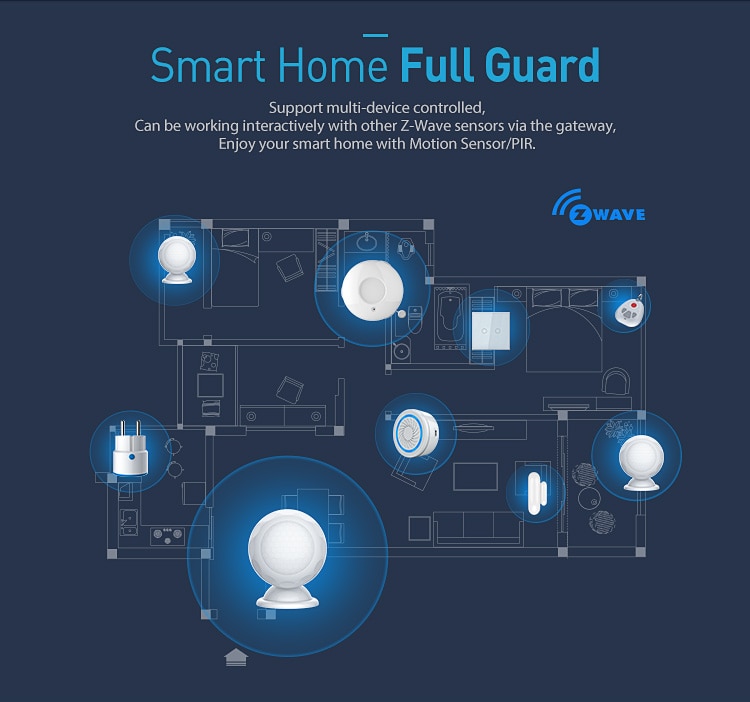

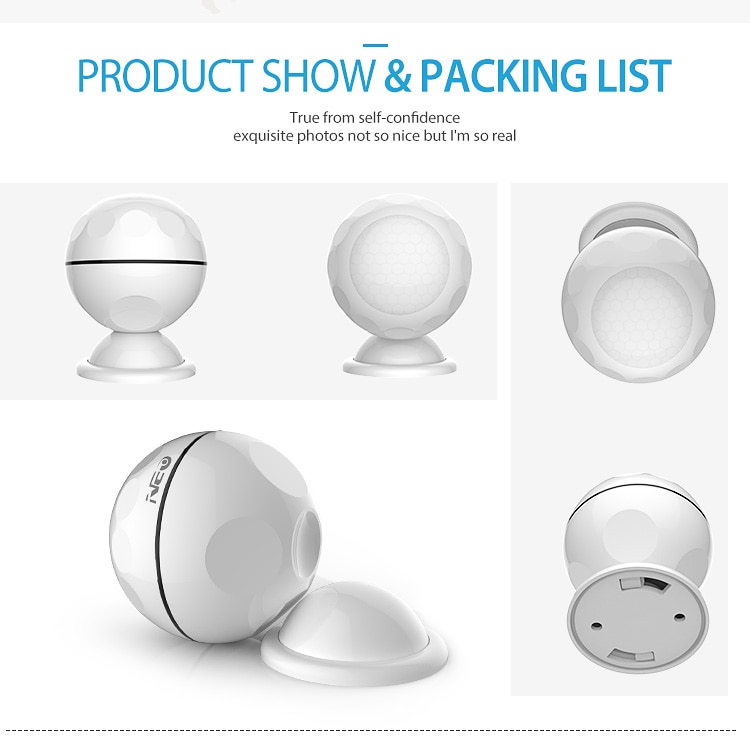


| Model Number | NAS-PD02Z |
|---|---|
| Brand Name | Coolcam |
| Radio Frequency | 868.4MHz EU |
Related products
Home Automation

